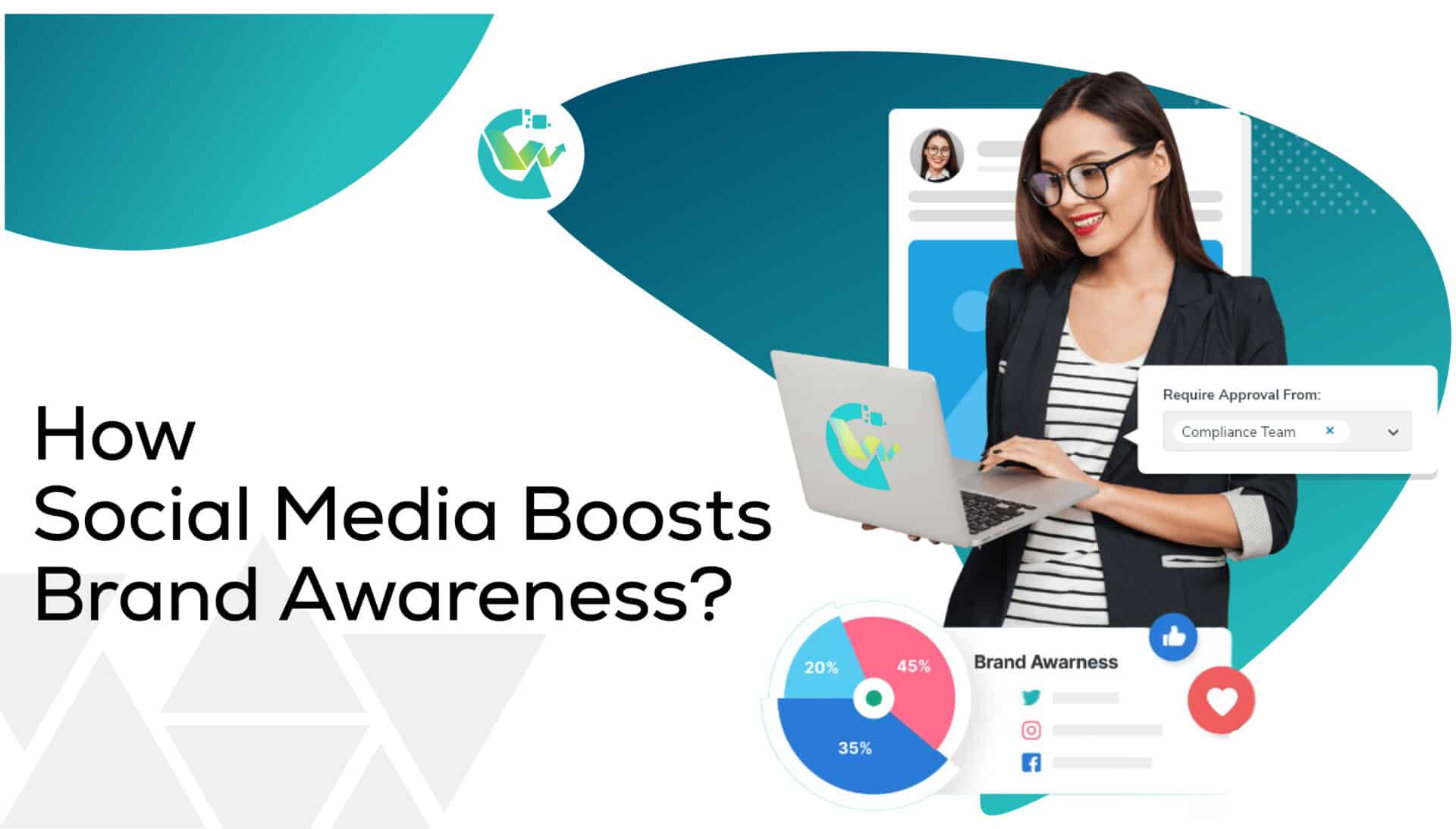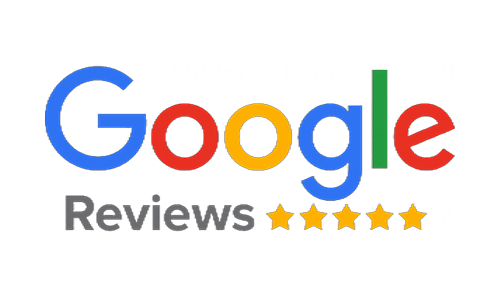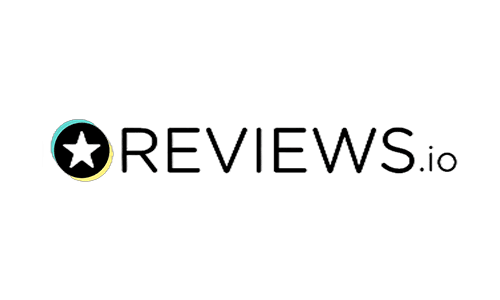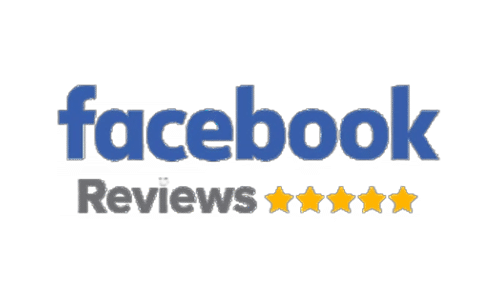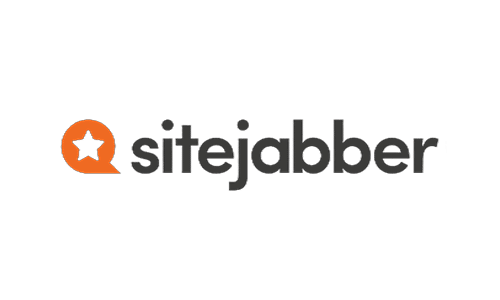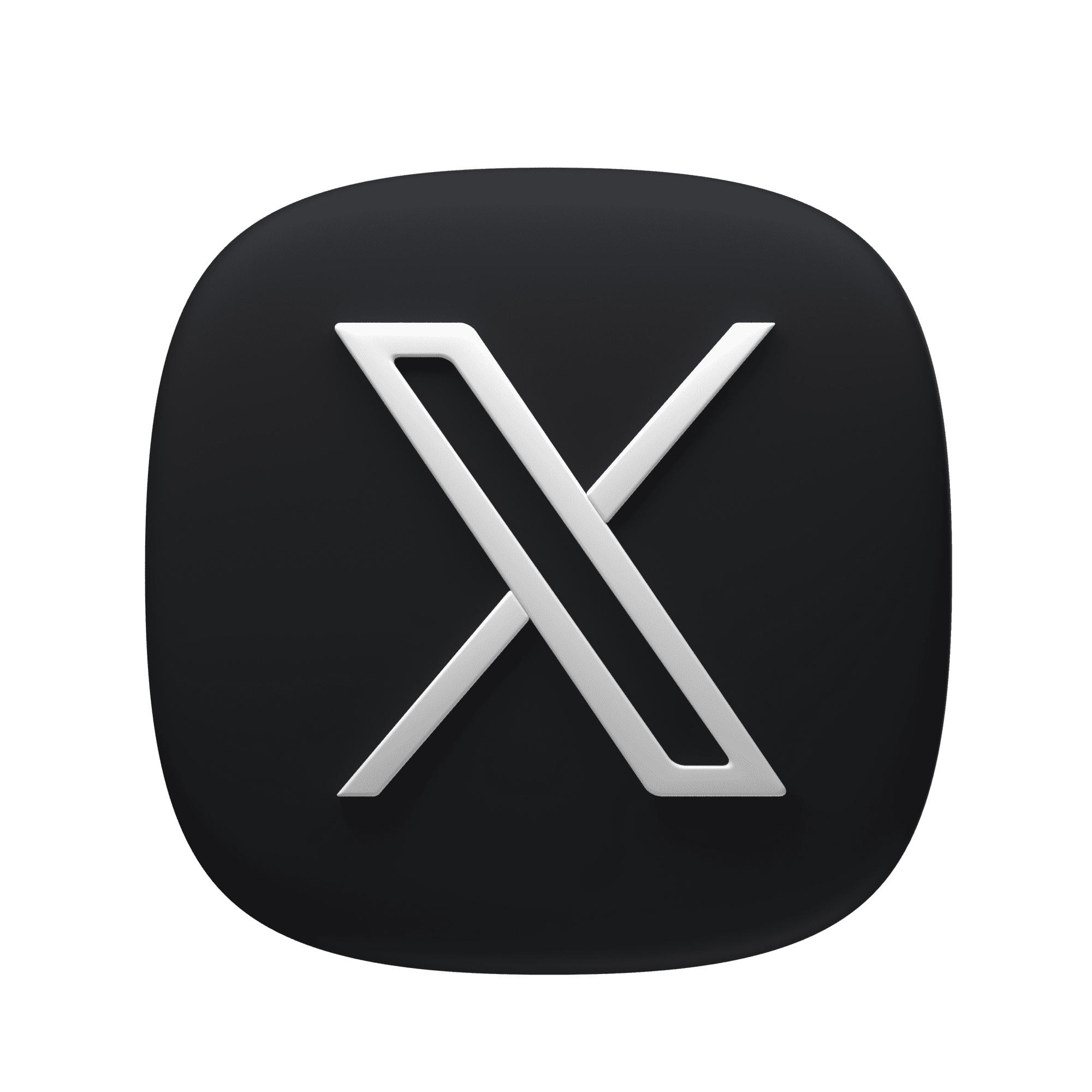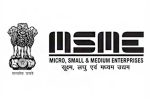Background
Social media is a modern battleground of awareness, content sharing, and promotion. The field is popular but quite laborious. In this blog we shall discuss the effectiveness of social media, popular platforms and why to use a social media agency to bring more engagements to your business.
What actually is Social Media Optimization?
Social media optimization (SMO) refers to the process of optimizing social media profiles and content to increase visibility, engagement, and reach on social media platforms. It involves implementing strategies and techniques to make the most of social media channels and maximize the impact of your presence. Here are some key practices for social media optimization:
Profile Optimization
Optimize your social media profiles by using relevant keywords, a clear and compelling bio, and a profile picture or logo that represents your brand. Provide complete and accurate information about your institution, including website links and contact details.
Consistent Branding
Maintain consistent branding across all your social media profiles. Use the same colors, logo, and visual elements to create a cohesive brand identity. This helps in building recognition and establishing a strong brand presence.
Content Strategy
Develop a content strategy that aligns with your target audience’s interests and preferences. Create and share valuable and engaging content, including text, images, videos, and infographics. Use a mix of educational, entertaining, and promotional content to keep your audience engaged.
Hashtags
Use relevant and popular hashtags in your posts to increase discoverability. Research and identify hashtags that are commonly used in your industry or among your target audience. Incorporate these hashtags strategically in your content to reach a wider audience and improve visibility.
Engagement and Interaction
Actively engage with your audience by responding to comments, messages, and mentions. Encourage discussions, ask questions, and seek feedback to foster meaningful interactions. Engaging with your audience helps in building relationships and establishing a positive brand image.
Timing and Frequency
Pay attention to the timing and frequency of your social media posts. Understand when your target audience is most active on social media and schedule your posts accordingly. Consistency in posting is important, but be mindful of not overwhelming your audience with excessive content.
Visual Appeal
Use high-quality visuals and eye-catching graphics in your posts to grab attention. Well-designed and visually appealing content tends to attract more engagement and shares. Invest in creating professional and visually appealing images, videos, and graphics.
Social Sharing Buttons
Add social sharing buttons to your website, blog, and other online platforms to encourage visitors to share your content on their own social media profiles. This helps in increasing the reach of your content and driving more traffic back to your website.
Social Media Advertising
Consider using social media advertising to amplify your reach and target specific audiences. Platforms like Facebook, Instagram, and LinkedIn offer advertising options that allow you to reach a wider audience and increase visibility.
Analytics and Optimization
Regularly analyze your social media metrics to understand what content performs well and resonates with your audience. Use analytics tools provided by social media platforms or third-party tools to track engagement, follower growth, website traffic, and conversions. Adjust your strategy based on the insights gained from these analytics to optimize your social media presence.
By implementing these social media optimization practices, a good social media company can enhance your brand visibility, increase engagement, and drive more traffic to your website or other digital platforms.
Which social media platforms can prove effective for higher education?
Several social media platforms can be effective for higher education institutions to engage with students, share information, and promote their programs. Here are some platforms commonly used in the higher education sector:
Facebook is a widely used social media platform that offers various features for higher education institutions. It allows universities to create official pages, share updates, post photos and videos, organize events, and engage with students, alumni, and the wider community.
Twitter provides a platform for universities to share news, announcements, and important updates in real-time. It is commonly used for quick updates, live event coverage, and sharing links to relevant articles and resources. Twitter chats and hashtags can also facilitate discussions and engagement.
Instagram is a visual-oriented platform that can be used by universities to showcase campus life, student experiences, and highlights from various events. It can be effective in attracting prospective students, building community, and promoting the university’s brand.
LinkedIn is a professional networking platform that is highly valuable for higher education institutions. It allows universities to connect with alumni, share career-related resources, and promote job opportunities for students and graduates. Universities can also create university pages to highlight academic programs and achievements.
YouTube
YouTube is a video-sharing platform that can be utilized to share educational content, campus tours, lectures, and student testimonials. It provides an opportunity to engage with a visual and interactive medium, making it useful for delivering information and showcasing the university’s expertise.
TikTok
TikTok is a short-form video platform that has gained popularity among younger audiences. Some universities have successfully used TikTok to share campus life, student stories, and educational content in an engaging and creative way. It is currently banned in India so it is used for other geo-locations.
Blogs
While not a traditional social media platform, maintaining a university blog can be an effective way to share in-depth articles, thought leadership pieces, and student perspectives. Blogs allow for longer-form content that can delve into various topics relevant to higher education.
It’s important for higher education institutions to choose the platforms that align with their target audience, goals, and resources. It’s also essential to regularly monitor and engage with the chosen platforms, respond to inquiries and comments, and ensure the content shared is relevant and engaging to the intended audience.
How does a Social Media Company use social media to boost brand awareness & drive enrollments?
An adept, competent and innovative social media company can indeed help boost brand’s awareness and drive enrollments for higher education institutions. They follow a principle-oriented structured framework to achieve this:
Defining a target audience
Understand the demographics and interests of your prospective customers. This will help you tailor your social media content and engagement strategies accordingly.
Developing a content strategy
Create engaging and informative content that showcases your organization’s unique selling points, promotional programs, products, services and the process of getting those products or services. They use a mix of text, images, videos, and infographics to make your content visually appealing and shareable.
Choosing the right platforms
Focusing on the social media platforms where your target audience is most active. For example, if you are targeting youngsters, platforms like Instagram, TikTok, and Snapchat may be more effective. If you are targeting professionals or executives, LinkedIn and Twitter may be more suitable.
Consistent branding
Maintaining a consistent brand image across all your social media profiles. Use your organization’s logo, colors, and visual elements to create a cohesive and recognizable presence.
Engagement with your audience
Responding to comments, messages, and inquiries promptly. Encourage discussions, ask questions, and actively engage with your followers. This helps build a sense of community and fosters a positive perception of your institution.
Utilizing hashtags
Using relevant hashtags in your posts to increase their discoverability. Research popular hashtags related to education, your organization’s name, and specific products or services to reach a wider audience.
Leveraging user-generated content
Encourage your new or the past customers to share their needs or the past experiences and stories on social media using branded hashtags. Repost or share this user-generated content to showcase authentic perspectives and engage with your audience. Earlier web-forums were used for this purpose.
Running targeted advertisements
Utilizing the advertising features offered by social media platforms to reach specific demographics, geographical locations, or interests. Create targeted campaigns to promote open houses, admissions deadlines, or specific academic programs.
Collaborating with Social media influencers
Partnering with influencers or influential individuals within the education sector to promote your institution. These could be past users, industry professionals, or popular industry-focused social media personalities.
Tracking and analyzing metrics
Using social media analytics tools to measure the effectiveness of your efforts. Monitor engagement metrics, follower growth, website traffic, and conversion rates to understand which strategies are most successful and make data-driven decisions.
Growth Wonders is such a social media company that keeps a hold in building a strong social media presence takes time and effort. Consistency, authenticity, and understanding your audience are our key to successfully boosting brand awareness and driving enrollments through social media.
SMO FAQs
Ques: What is Social Media Optimization (SMO)?
Ans: Social Media Optimization (SMO) is the process of optimizing your social media profiles and content to maximize their visibility, engagement, and reach. It involves implementing strategies and techniques to improve your presence on social media platforms.
Ques: Why is SMO important?
Ans: SMO is important because it helps businesses and individuals increase their visibility and reach on social media platforms. It allows you to effectively promote your brand, engage with your audience, drive traffic to your website, and ultimately achieve your marketing goals.
Ques: How is SMO different from SEO (Search Engine Optimization)?
Ans: While SEO focuses on optimizing websites to improve their search engine rankings, SMO is specifically geared towards optimizing social media profiles and content. SMO aims to enhance social media visibility, engagement, and sharing, while SEO focuses on improving website visibility in search engine results.
Ques: Which social media platforms should I focus on for SMO?
Ans: The choice of social media platforms for SMO depends on your target audience and the nature of your business. Some popular platforms include Facebook, Twitter, Instagram, LinkedIn, YouTube, and Pinterest. Research your audience demographics and behavior to determine which platforms are most relevant for your SMO efforts.
Ques5: How can I increase engagement on social media?
Ans: To increase engagement on social media, you must hire a good, experienced and creative social media agency. Their creative work-force will create compelling and shareable content like, asking questions, running contests or giveaways, responding promptly to comments and messages, publishing human-generated content, and actively participating in relevant discussions and communities on behalf of your brand.
Ques: What role do hashtags play in SMO?
Ans: Hashtags are used to categorize and group similar content on social media platforms. They help increase the discoverability of your content and make it easier for users to find relevant posts. By using relevant and popular hashtags, you can extend the reach of your content and attract a wider audience.
Ques: How can I measure the effectiveness of my SMO efforts?
Ans: Social media platforms provide analytics tools that allow you to track various metrics, such as engagement, reach, impressions, clicks, and conversions. Use these analytics to monitor the performance of your posts and campaigns, and make data-driven decisions to optimize your SMO strategy.
Ques: Should I use paid advertising for SMO?
Ans: As an experienced social media agency we wish to suggest that paid advertising on social media can be an effective way to boost your SMO efforts. Platforms like Facebook, Instagram, and LinkedIn offer advertising options that allow you to target specific audiences, increase your reach, and drive traffic to your website or landing pages. Paid advertising can complement your organic SMO efforts and help you achieve your marketing goals faster.
Ques: How often should I post on social media?
Ans: The frequency of your social media posts depends on your audience and the platform you’re using. It’s important to find a balance between staying active and not overwhelming your audience with excessive content. Consistency is key, so aim to post regularly and maintain a consistent presence on your chosen platforms.
Ques: How can I stay updated with the latest trends and best practices in SMO?
Ans: Stay updated by following social media marketing blogs, industry publications, and thought leaders in the field. Attend webinars, conferences, and workshops related to social media marketing. Engage with the SMO community on social media platforms and join relevant groups or forums where professionals share insights and discuss best practices.
Ques: Is this an Individual’s work and can I alone do it?
Ans: This is a creative, but laborious, and parameters matching work wherein, you need to convince and satisfy the needs of the business, the parameters of the social media platform and the contentment of search engines. Growth Wonders is such an adroit, ingenious, and professional social media agency which will help you to optimize your visibility and engagement on social media platforms using organic and paid promotional services.

